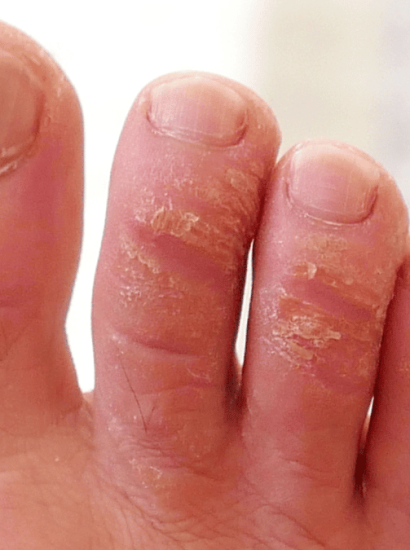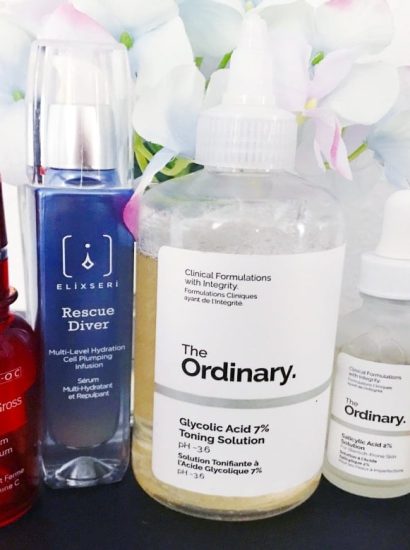Skincare Charts Skin Conditions: Understanding skin conditions can be a daunting task, but with the right resources, you can take control of your skincare routine and address issues more effectively. Skincare charts are invaluable tools that provide visual guides and detailed information on various skin conditions. This article will explore ten essential skincare charts to help you diagnose and treat different skin concerns, making it easier to achieve and maintain healthy, radiant skin.
Skincare Charts Skin Conditions: Acne Classification Chart
Acne is one of the most common skin conditions, affecting millions of people worldwide. The Acne Classification Chart helps you identify the type of acne you have, including:
- Comedonal Acne: Characterized by blackheads and whiteheads.
- Inflammatory Acne: Includes papules and pustules.
- Cystic Acne: Deep, painful cysts that can lead to scarring.
By understanding the different types of acne, you can choose the most effective treatments, whether it’s topical creams, oral medications, or lifestyle changes.
Skincare Charts Skin Conditions: Eczema Types and Triggers Chart
Eczema, or atopic dermatitis, can cause redness, itching, and inflammation. The Eczema Types and Triggers Chart outlines various forms of eczema, such as:
- Atopic Dermatitis: Often linked to allergies and asthma.
- Contact Dermatitis: Caused by exposure to irritants or allergens.
- Seborrheic Dermatitis: Commonly affects oily areas like the scalp.
The chart also includes common triggers, such as certain fabrics, soaps, and environmental factors, helping you avoid them and manage symptoms more effectively.
Rosacea Severity Chart
Rosacea is a chronic condition characterized by facial redness, visible blood vessels, and sometimes acne like breakouts. The Rosacea Severity Chart classifies the condition into different stages:
- Mild Rosacea: Occasional redness and flushing.
- Moderate Rosacea: Persistent redness and visible blood vessels.
- Severe Rosacea: Pronounced redness, thickened skin, and eye irritation.
Understanding the severity of your rosacea can guide treatment options, from gentle skincare products to prescription medications and laser therapies.
Psoriasis Types Chart
Psoriasis is an autoimmune condition that leads to red, scaly patches on the skin. The Psoriasis Types Chart includes:
- Plaque Psoriasis: Characterized by raised, scaly patches.
- Guttate Psoriasis: Small, drop shaped, scaly lesions.
- Inverse Psoriasis: Smooth, shiny patches in skin folds.
Each type has different treatment approaches, such as topical treatments, phototherapy, or systemic medications, tailored to your specific needs.
Skin Cancer Warning Signs Chart
Skin cancer can be life threatening if not detected early. The Skin Cancer Warning Signs Chart highlights key indicators to watch for, including:
- Asymmetry: One half of the mole or spot does not match the other.
- Border Irregularity: Edges are uneven or blurred.
- Color Variation: Multiple colors within the mole.
- Diameter: Larger than 6 mm (about the size of a pencil eraser).
- Evolving: Changes in size, shape, or color over time.
Regular skin checks and monitoring these signs can help with early detection and prompt treatment.
Hyperpigmentation and Hypopigmentation Chart
Hyperpigmentation and hypopigmentation involve changes in skin color. The chart distinguishes between:
- Hyperpigmentation: Dark spots or patches, often caused by sun exposure or acne scars.
- Hypopigmentation: Lighter patches of skin, which can result from conditions like vitiligo.
The chart provides guidance on treatments, such as brightening serums for hyperpigmentation and repigmentation therapies for hypopigmentation.
Sensitive Skin Triggers Chart
Sensitive skin can react to various stimuli, leading to redness, itching, or burning. The Sensitive Skin Triggers Chart identifies common triggers, including:
- Skincare Ingredients: Fragrances, alcohol, or harsh chemicals.
- Environmental Factors: Extreme temperatures, pollution, or UV exposure.
- Lifestyle Factors: Stress or dietary influences.
By understanding these triggers, you can choose products and practices that minimize irritation and protect your skin’s barrier.
AgeRelated Skin Changes Chart
As we age, our skin undergoes several changes. The AgeRelated Skin Changes Chart outlines common issues and their solutions:
- Fine Lines and Wrinkles: Typically treated with retinoids and hyaluronic acid.
- Loss of Elasticity: Addressed with collagen boosting products and treatments.
- Age Spots: Managed with brightening agents and sunscreens.
This chart helps you tailor your skincare routine to address specific age related concerns and maintain youthful, healthy skin.
Acne Scarring Types Chart
Acne scars can vary in appearance and depth. The Acne Scarring Types Chart includes:
- Atrophic Scars: Depressed scars like icepick or boxcar scars.
- Hypertrophic Scars: Raised, thickened scars.
- Keloid Scars: Larger, overgrown scars that extend beyond the original lesion.
Different treatments, such as chemical peels, laser therapy, or silicone gel sheets, can target these scar types effectively.
Sun Damage and Sunburn Chart
Sun damage can lead to premature aging and skin cancer. The Sun Damage and Sunburn Chart illustrates:
- Sunburn: Redness, pain, and peeling caused by overexposure.
- Sunspots: Dark spots resulting from UV exposure.
- Photoaging: Wrinkles, loss of elasticity, and uneven skin tone.
Preventive measures and treatments include using sunscreens, wearing protective clothing, and applying products with antioxidants to repair damage.
Conclusion
Skincare Charts Skin Conditions: Skincare charts are invaluable tools for diagnosing and treating various skin conditions. By familiarizing yourself with these ten essential charts, you can better understand your skin’s needs and select appropriate treatments. Whether you’re dealing with acne, eczema, rosacea, or signs of aging, these charts provide clear, visual guides to help you navigate your skincare journey. Regularly updating your knowledge and consulting with skincare professionals will further enhance your ability to maintain healthy, radiant skin.
FAQs
1. How often should I update my skincare routine based on these charts?
It’s a good idea to review and adjust your skincare routine every few months or as needed based on changes in your skin condition. Regular consultations with a dermatologist can also help keep your routine effective.
2. Are these skincare charts suitable for all skin types?
Most of these charts are applicable to various skin types, but individual needs may vary. Always consider your specific skin type and consult with a skincare professional to tailor treatments effectively.
3. Can these charts replace professional medical advice?
Skincare charts are helpful tools, but they should not replace professional medical advice. Always consult with a dermatologist for a comprehensive diagnosis and personalized treatment plan.
4. How can I get a copy of these skincare charts?
Many skincare charts can be found online through reputable skincare websites, dermatology clinics, or health organizations. Some may also be available in skincare books or guides.
5. What should I do if my skin condition worsens despite following the charts?
If your skin condition worsens or does not improve with the suggested treatments, seek professional advice from a dermatologist. They can provide a more accurate diagnosis and recommend advanced treatments.
Also read: Hero Skincare: 10 Must-Have Products for Radiant Skin





